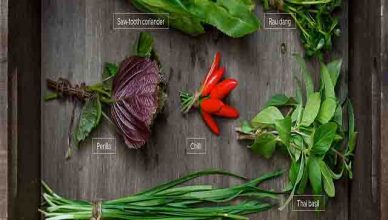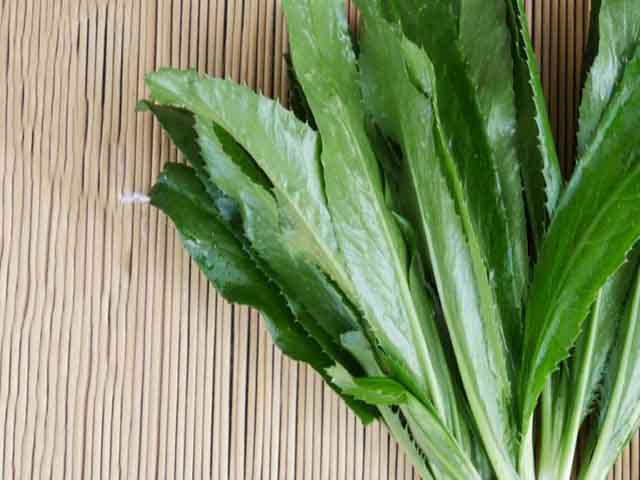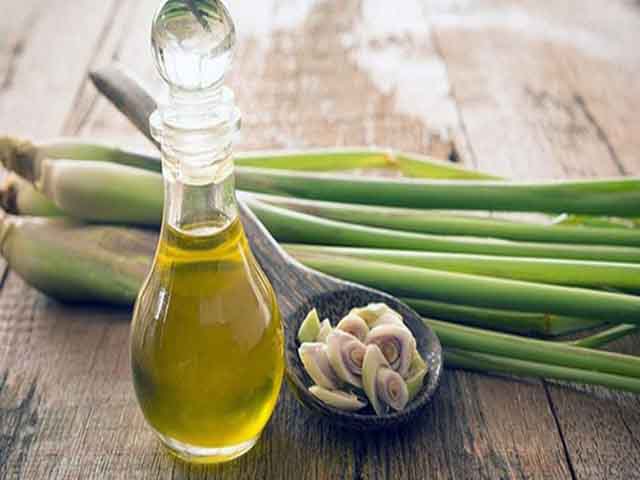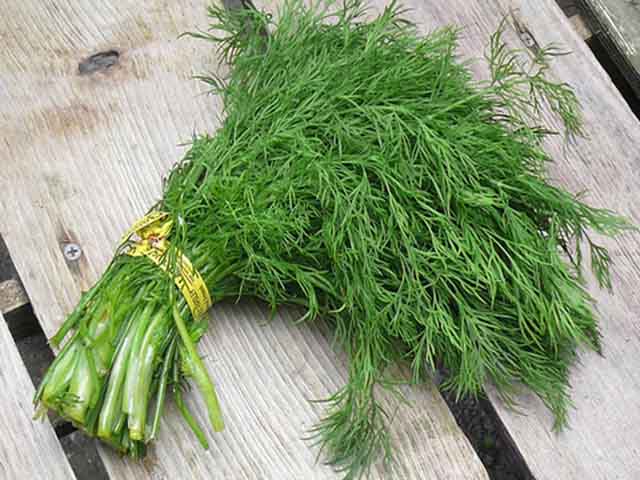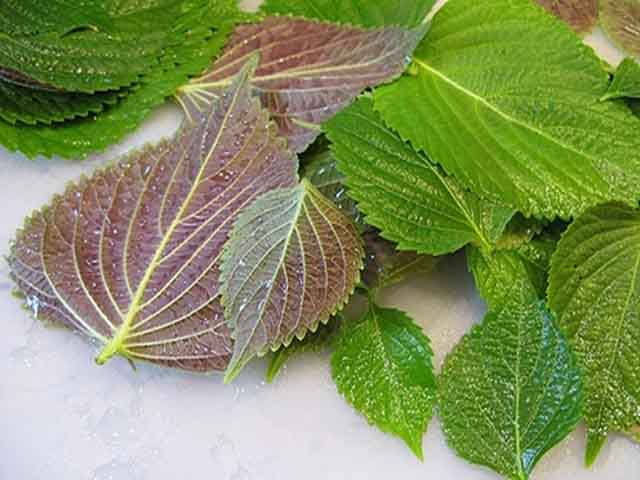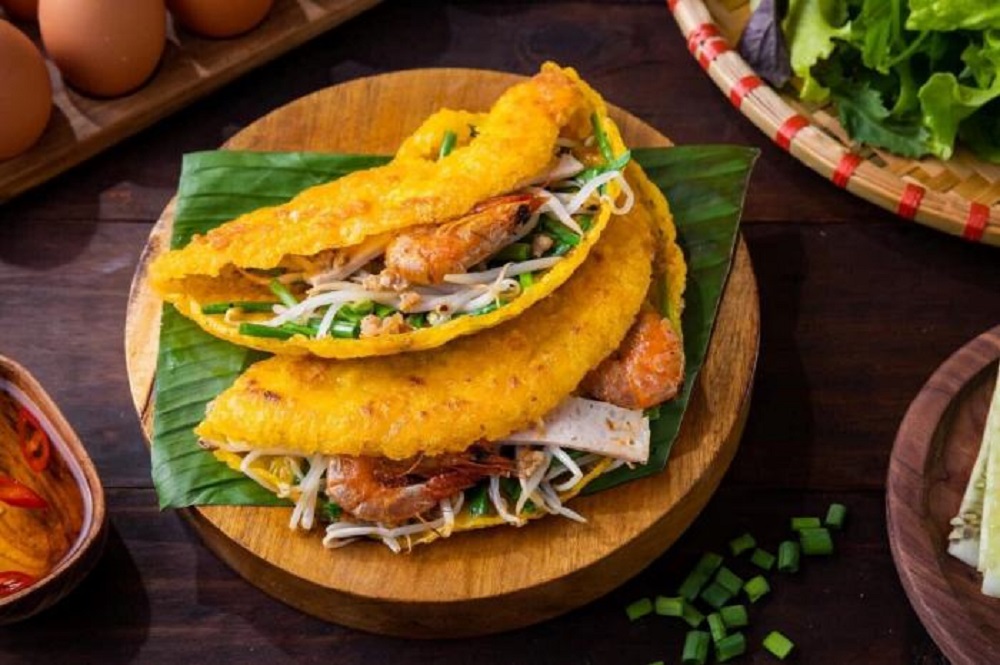Top Vietnamese Spices and Herbs for Authentic Flavor
Vietnamese cuisine is renowned for its vibrant flavors, fresh ingredients, and the aromatic spices and herbs that elevate every dish. These elements are not just simple seasonings—they are essential components that define the very soul of Vietnamese food. From the bustling street food stalls in Hanoi to the peaceful villages of the Mekong Delta, Vietnamese herbs and spices play a crucial role in creating the signature taste profiles that have captivated food lovers around the world.
In this article, Hue Food Tour proudly presents a comprehensive guide to the most popular and essential Vietnamese spices and herbs – from lemongrass and coriander to culantro and Vietnamese mint. Whether you’re a home cook, a culinary traveler, or a fan of Vietnamese flavors, this guide will help you better understand how these natural ingredients shape the country’s iconic dishes.

🥢 The Role of Herbs and Spices in Vietnamese Cooking
In Vietnamese culinary traditions, herbs and spices are used to enhance flavors, balance tastes, and provide medicinal benefits. Unlike many cuisines that rely heavily on cooking spices, Vietnamese cooking emphasizes the use of fresh herbs and aromatic spices to season dishes. This approach allows for a dynamic and personalized dining experience, where each bite can be adjusted to individual preferences.
Herbs such as coriander, mint, and basil are commonly used fresh, often served alongside dishes like pho (noodle soup) or bún chả (grilled pork with vermicelli). Spices like lemongrass, star anise, and cinnamon are used to infuse broths and marinades, imparting depth and complexity to the flavors.
🌿 Key Vietnamese Herbs and Their Culinary Uses
1. Coriander (Rau Mùi)
Coriander, known as rau mùi in Vietnamese, is a staple herb found in many Vietnamese dishes. Its fresh, citrusy flavor adds brightness to soups, salads, and spring rolls. Both the leaves and stems are edible and are often used as a garnish or mixed into dishes just before serving to preserve their aromatic qualities.
2. Culantro (Ngò Gai)
Culantro, or ngò gai, is a robust herb with a flavor similar to coriander but more intense. It is commonly used in pho, where diners can add torn leaves to their bowl for an extra burst of flavor. Culantro is also used in sour soups and seafood dishes, providing a distinctive taste that enhances the overall dish.
3. Lemongrass (Sả)
Lemongrass is a fragrant herb with a lemony aroma, widely used in Vietnamese cuisine. It is often bruised or finely chopped and added to marinades, soups, and stir-fries. Lemongrass imparts a refreshing and slightly tangy flavor, making it a key ingredient in dishes like bún bò Huế (spicy beef noodle soup) and canh chua (sour fish soup).
4. Dill (Thì Là)
Dill is a common herb in northern Vietnamese cuisine, particularly in seafood dishes. Its delicate, grassy flavor complements dishes like chả cá Lã Vọng (grilled fish with dill) and canh chua. Dill is also used in salads and as a garnish, adding a fresh and aromatic note to the dish.
5. Vietnamese Balm (Kinh Giới)
Vietnamese balm, or kinh giới, is a herb with a mild, lemony flavor and a hint of mint. It is commonly used in salads, fresh spring rolls, and dipping sauces. Kinh giới is particularly popular in dishes like bún chả and gỏi (Vietnamese salads), where its refreshing taste balances the richness of other ingredients.
6. Perilla (Tía Tô)
Perilla, known as tía tô, has a slightly minty, anise-like flavor with a hint of earthiness. Its purple-tinged leaves are often used in fresh rolls, salads, or as a garnish for soups. Perilla is also believed to have medicinal properties, aiding digestion and boosting immunity.
7. Rice Paddy Herb (Ngò Om)
Rice paddy herb, or ngò om, has a unique, citrusy aroma with a hint of cumin. It is commonly used in sour soups like canh chua and hotpots. Its bright flavor helps to balance the richness of the broth, providing a refreshing contrast to the other ingredients.
8. Mint (Húng Lủi)
Mint, or húng lủi, is widely used in Vietnamese cuisine for its cool, refreshing flavor. It is often served alongside dishes like pho, bún chả, and summer rolls, allowing diners to add fresh mint leaves to their meal for an extra burst of flavor.
9. Thai Basil (Húng Quế)
Thai basil, or húng quế, has a sweet, anise-like flavor with a touch of spice. It is commonly used in pho and other noodle dishes, where its aromatic leaves are added to the hot broth just before serving. Thai basil enhances the dish with its distinctive flavor and fragrance.
10. Spearmint (Húng Cay)
Spearmint, or húng cay, is a milder variety of mint with a sweet, minty flavor. It is often used in salads, noodle dishes, and as a garnish. Spearmint adds a refreshing note to dishes, balancing the richness of meats and broths.
🌶️ Essential Vietnamese Spices and Their Culinary Roles
1. Star Anise (Hoa Hồi)
Star anise is a star-shaped spice with a sweet, licorice-like flavor. It is a key ingredient in pho broth, where it imparts a warm, aromatic note. Star anise is also used in marinades and sauces, contributing depth and complexity to the flavor profile.
2. Cinnamon (Quế)
Vietnamese cinnamon is known for its strong, fragrant aroma and sweet-spicy flavor. It is commonly used in savory dishes like stews and curries, as well as in desserts and beverages. Cinnamon adds warmth and richness to dishes, enhancing their overall taste.
3. Chili Peppers (Ớt)
Chili peppers are used to add heat and spice to Vietnamese dishes. They are often sliced and served alongside meals, allowing diners to add them to their liking. Chili peppers are commonly used in sauces, marinades, and dipping sauces, providing a fiery kick to the dish.
4. Ginger (Gừng)
Ginger is a versatile spice with a pungent, slightly sweet flavor. It is widely used in Vietnamese cuisine, particularly in marinades, soups, and stir-fries. Ginger adds warmth and depth to dishes, balancing other flavors and enhancing the overall taste.
5. Garlic (Tỏi)
Garlic is a fundamental ingredient in Vietnamese cooking, used to add flavor and aroma to a variety of dishes. It is often minced or crushed and sautéed in oil to create a flavorful base for soups, stir-fries, and sauces.
🍲 The Importance of Fresh Herbs and Spices in Vietnamese Cuisine
Fresh herbs and spices are essential in Vietnamese cooking, not only for their flavors but also for their health benefits. Many herbs used in Vietnamese cuisine have medicinal properties and are believed to aid digestion, boost immunity, and promote overall well-being.
For instance, lemongrass is known for its anti-inflammatory and antioxidant properties, while ginger aids in digestion and has anti-nausea effects. Incorporating these herbs into daily meals not only enhances the taste but also contributes to a healthy diet.

🌱 Growing and Sourcing Vietnamese Herbs
Many Vietnamese spices and herbs can be grown at home, even in small spaces. Herbs like coriander, mint, and lemongrass thrive in containers and can be cultivated on balconies or windowsills. Growing your own herbs ensures a fresh supply and allows you to enjoy authentic flavors in your cooking.
In Vietnam, herbs are often sourced from local markets or home gardens. Villages like Tra Que in Quang Nam and Lang in Hanoi are renowned for their high-quality herbs, which are cultivated using traditional methods without the use of chemicals.

🧂 Pairing Herbs and Spices in Vietnamese Dishes
The art of pairing herbs and spices is crucial in Vietnamese cuisine. Each herb and spice has a unique flavor profile that complements specific dishes. Understanding these pairings enhances the dining experience and brings out the best in each dish.
For example, lemongrass pairs well with poultry and seafood, while dill complements fish dishes. Thai basil adds depth to pho, and coriander brightens up salads and spring rolls. By experimenting with different combinations, you can create balanced and flavorful dishes that reflect the richness of Vietnamese cuisine.

🥗 Conclusion
Vietnamese spices and herbs are the soul of its cuisine, infusing dishes with layers of flavor, aroma, and tradition. Whether you’re savoring a bowl of pho on a bustling Hanoi street or preparing a meal at home, these fresh ingredients elevate the dining experience and connect you to the heart of Vietnam’s culinary heritage.
By incorporating these herbs and spices into your cooking, you can bring the authentic tastes of Vietnam to your kitchen and embark on a flavorful journey that celebrates the rich tapestry of Vietnamese cuisine.
👨🍳 Join a Hue Food Tour to Cook & Eat Like a Local
Want to explore the vibrant world of Vietnamese spices and herbs firsthand?
Join our Hue Street Food Tour or Hue Cooking Class with Hue Food Tour — top-rated on TripAdvisor, Viator, Cruise Critic, and more!
On our tour, you’ll get to:
✅ Learn how to cook authentic Hue Beef Noodle Soup (Bún Bò Huế)
✅ Taste over 10 traditional Hue dishes, rich in flavor and history
✅ Visit hidden local food spots guided by passionate food lovers
✅ Discover the vietnamese spices and herbs that make Vietnamese cuisine unique
✅ Immerse yourself in the culture and stories behind every recipe
We guarantee an authentic local experience that will create unforgettable culinary memories for you and your family.
👉 Book your Hue culinary adventure today and cook like a true local!

David Nguyen – Hue Food Expert
David Nguyen is a respected Hue food expert and experienced local guide with over 15 years of exploring Vietnam’s culinary traditions. With a deep passion for Hue cuisine, he leads food tours that offer more than just great meals – they provide cultural insight, authentic experiences, and memorable connections with local people. David’s tours are highly rated by travelers on TripAdvisor, Viator, and other top platforms. Whether you’re tasting royal-era dishes or street food favorites, David ensures each tour is flavorful, informative, and unforgettable. Join him to discover the true heart of Hue through its food and heritage.

